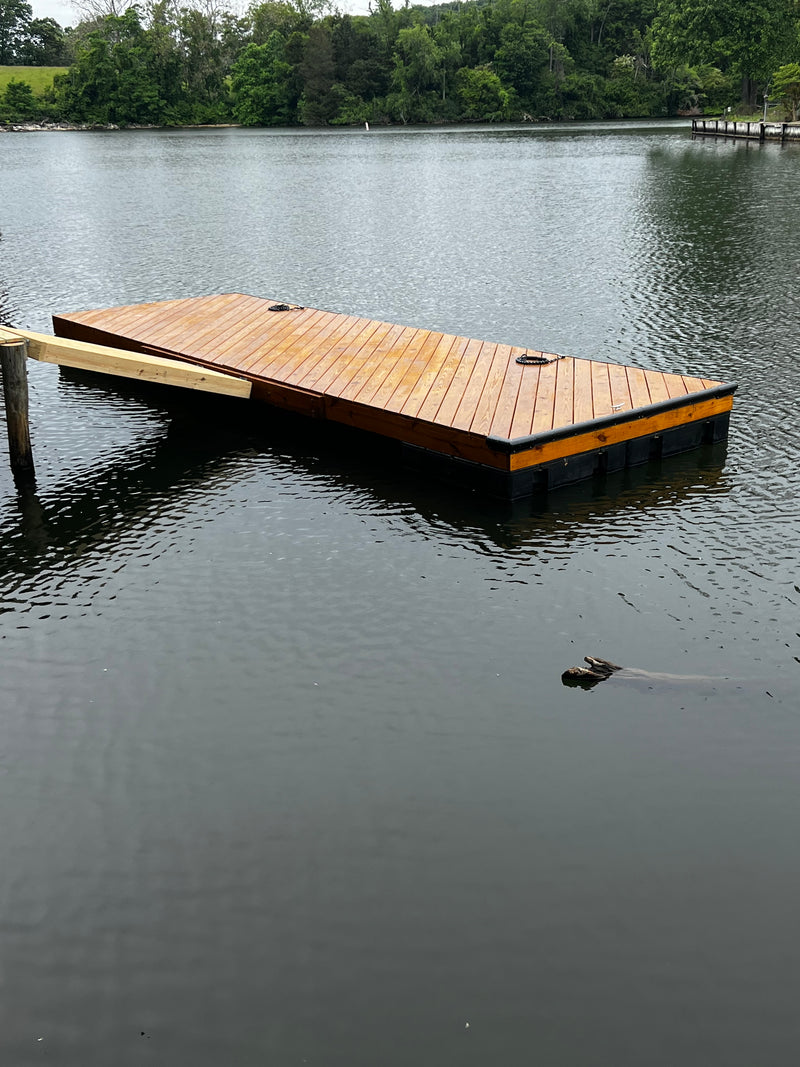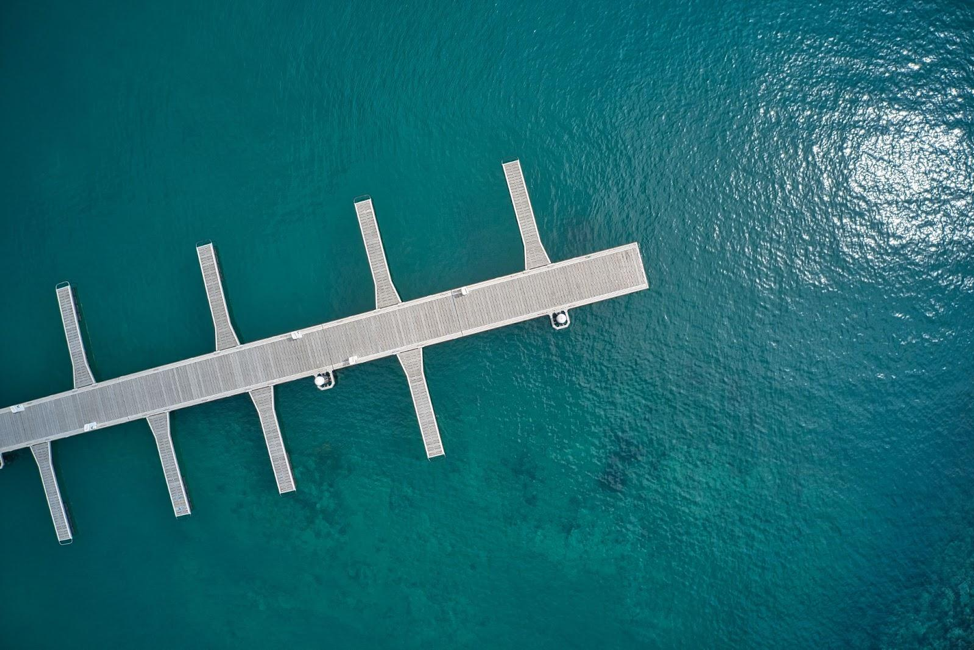Upgrade Your Beachfront With Sturdy Floating Docks
Upgrading your waterfront with sturdy floating docks can significantly improve both functionality and aesthetics, giving a flexible solution for various water tasks. With an array of materials available, consisting of low-maintenance alternatives and traditional timber, choosing the right dock can complement your personal style and fulfill practical requirements.
Advantages of Floating Docks
Floating docks offer a plethora of benefits that enhance their charm for numerous maritime applications. Unlike conventional set docks, floating docks increase and autumn with the trend, making sure regular ease of access for boats and boat regardless of ecological problems.
In addition, floating docks are less complicated to set up and relocate, giving versatility for seasonal or momentary use. Their modular layout enables for customization to fit particular requirements, whether for personal marinas, property beachfronts, or commercial applications.
In addition, floating docks produce very little disturbance to the water atmosphere, preserving regional ecosystems and decreasing the possibility of disintegration. They likewise supply boosted security and stability for customers, as their resilient nature supplies a more flexible surface than inflexible structures.
In addition, floating docks can help with a diverse series of tasks, such as fishing, swimming, and leisure boating, making them an important property for beachfront growth. Their versatility and practicality make floating docks a preferred selection for a range of marine jobs.
Choosing the Right Materials
Choosing proper products for floating docks is important to their long life, performance, and total effectiveness. When choosing materials, take into consideration factors such as environmental exposure, upkeep needs, and structural honesty. Typical products include timber, plastic, light weight aluminum, and composite choices, each offering unique advantages and disadvantages.
Wood, while visually pleasing, calls for regular upkeep to avoid rot and degeneration. Pressure-treated wood can enhance resilience, but it might still yield to water damage gradually. Plastic floats, commonly made from high-density polyethylene, are immune to corrosion and call for marginal upkeep, making them an eye-catching selection for low-maintenance applications.
Aluminum is another feasible option, understood for its strength and lightweight homes. It is immune to corrosion and can stand up to rough weather, although it might be much more costly than various other materials. Compound products combine the best qualities of wood and plastic, offering a low-maintenance and resistant alternative that mimics the look of timber without the associated drawbacks.
Inevitably, the selection of product must align with the meant usage, ecological considerations, and budget plan restrictions, making certain a sturdy and useful floating dock that satisfies your specific requirements.
Setup Process Review
The successful setup of a drifting dock relies upon mindful preparation and implementation, making sure that it runs properly in its desired atmosphere. The initial step includes assessing site problems, including water depth, shoreline functions, and dominating weather condition patterns, which will certainly educate the dock style and anchoring system.
Complying with the site assessment, the next stage is to prepare the floating dock elements. This includes setting up the frame, safeguarding floats, and attaching any kind of required hardware. It is vital to ensure that all links are robust and water-resistant to withstand aquatic conditions.
As soon as the dock is put together, the installation process starts with placing the dock in the water. This can include a crane or other training devices, especially for bigger frameworks. Appropriate alignment is crucial for performance and security.

Maintenance Tips for Long Life
Regular upkeep is essential for guaranteeing the long life and optimum efficiency of a floating dock. To attain this, start with regular inspections at the very least twice a year, concentrating on the integrity of the dock's structure, including the flotation protection tools and connecting hardware. Try to find indications of deterioration, wear, or damage, and attend to webpage any type of problems promptly to prevent more deterioration.
Cleansing is an additional crucial facet of maintenance. Get rid of particles, algae, and barnacles from the dock's surface to stop slippery conditions and maintain aesthetic allure. Utilize a soft brush and a light cleaning agent to stay clear of harming the dock's materials.
In addition, make sure that the dock is appropriately anchored and secured to endure seasonal changes in water levels and weather condition conditions. Check the anchoring system for security and make modifications as necessary.
Enhancing Your Outdoor Visual
To produce an aesthetically enticing outdoor room, incorporating a floating dock can considerably improve the total aesthetic of your waterside property. Floating docks are not only functional however can additionally serve as a striking focal factor that complements the all-natural environments - floating dock company. Offered in different products and styles, these docks can be personalized to match your property's architectural design and landscape
The addition of attractive components, such as incorporated illumination or fashionable barriers, further boosts the dock's visual allure. Think about making use of all-natural timber surfaces, which blend effortlessly with the setting, or going with contemporary materials like light weight aluminum or composite outdoor see this decking that offer a sleek, modern appearance.
Strategically positioning planters or seating locations on or around the dock can create welcoming rooms that encourage relaxation and satisfaction of waterfront views. In addition, integrating colors and structures that balance with your landscape will create a cohesive aesthetic throughout your outside area.

Verdict

Upgrading your waterside with sturdy floating docks can significantly boost both capability and visual appeals, providing a functional service for numerous water tasks. Unlike standard fixed docks, floating docks increase and autumn with the tide, making certain constant accessibility for boats and boat no matter of environmental problems.Choosing ideal materials for floating docks is essential to their long life, performance, and overall performance.Once the dock is assembled, the installment process begins with positioning the dock in the water.In recap, floating docks offer numerous benefits, including adaptability to water level changes and a variety of material choices.